Home>Furniture & Design>Interior Design Trends>What Paint Is Best For Glass
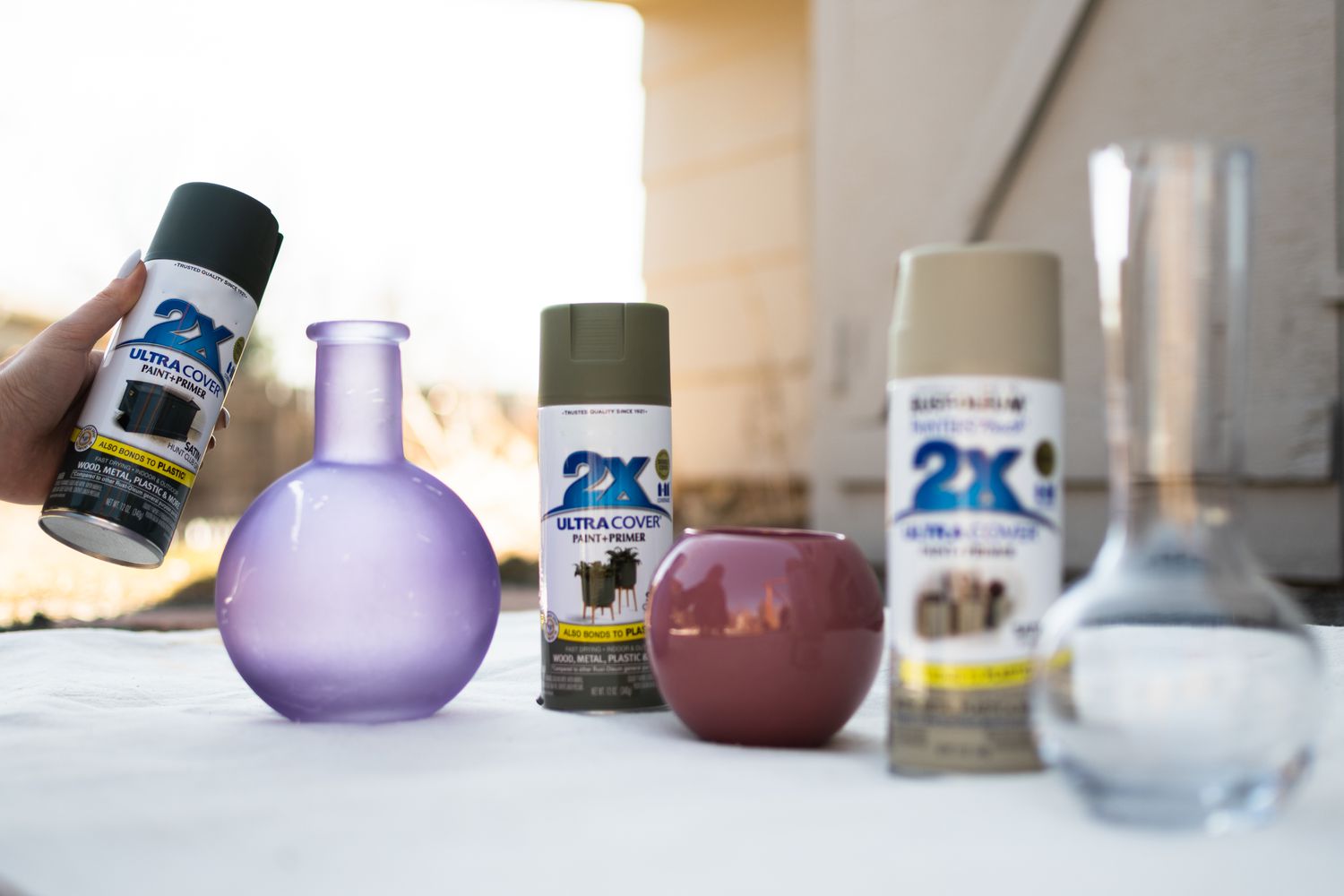

Interior Design Trends
What Paint Is Best For Glass
Published: February 5, 2024
Discover the best paint for glass and stay on top of the latest interior design trends with our expert tips and recommendations. Transform your space with the perfect glass paint today!
(Many of the links in this article redirect to a specific reviewed product. Your purchase of these products through affiliate links helps to generate commission for Storables.com, at no extra cost. Learn more)
Introduction
When it comes to interior design, glass is a versatile material that can add elegance and sophistication to any space. From decorative vases to stunning stained glass windows, the use of painted glass has become increasingly popular in the world of interior design. Whether you're looking to revamp your home decor or add a personal touch to your living space, painting glass can be a creative and rewarding endeavor.
In the realm of interior design, the choice of paint for glass is crucial. The right paint can transform a plain glass surface into a stunning work of art, while the wrong paint can lead to unsightly streaks and peeling. With a myriad of paint options available in the market, it's essential to understand the different types of glass paint, the factors to consider when choosing the best paint for your project, and the top recommendations for achieving professional-looking results.
In this comprehensive guide, we'll delve into the world of glass painting, exploring the various types of paint suitable for glass surfaces, the key factors to consider when selecting the ideal paint, and valuable tips for achieving a flawless finish. Whether you're a seasoned DIY enthusiast or a novice looking to embark on your first glass painting project, this guide will equip you with the knowledge and insights needed to elevate your interior design game and unleash your creativity onto glass surfaces. So, let's embark on this artistic journey and discover the wonders of glass painting together.
Key Takeaways:
- Transform plain glass into stunning art with the right paint. Consider factors like transparency, durability, and application method to achieve professional results and unleash your creativity.
- Explore vibrant stained glass effects and functional chalkboard surfaces with top-quality glass paints like FolkArt Enamel and Pebeo Vitrea. Follow tips for surface prep, layering, and maintenance to ensure flawless glass painting.
Read more: What Kind Of Paint For Glass
Types of Paint for Glass
When it comes to painting glass, choosing the right type of paint is essential for achieving a professional and long-lasting finish. There are several types of paint specifically formulated for use on glass surfaces, each with its own unique characteristics and application methods. Understanding the differences between these paint types is crucial for selecting the most suitable option for your project. Let's explore the various types of paint commonly used for glass painting:
-
Acrylic Enamel Paint: Acrylic enamel paint is a popular choice for painting glass due to its durability and versatility. This type of paint adheres well to glass surfaces and dries to a glossy finish, creating a vibrant and long-lasting color effect. Acrylic enamel paint is available in a wide range of colors and can be easily applied using brushes, sponges, or airbrushing techniques.
-
Glass Stains: Glass stains are specially formulated translucent paints designed to create a stained glass effect on clear glass surfaces. These stains are available in a spectrum of vibrant colors and are ideal for creating intricate designs and patterns on glass. Glass stains are typically applied using fine-tipped applicators or brushes, allowing for precise detailing and shading.
-
Glass Chalkboard Paint: Glass chalkboard paint is a unique type of paint that transforms glass surfaces into functional chalkboards. This paint is designed to create a smooth, writable surface on glass, making it perfect for creating custom chalkboard designs on windows, glass doors, or decorative glass panels. Glass chalkboard paint is available in various colors and can be easily applied using a roller or brush.
-
Transparent Glass Paint: Transparent glass paint is formulated to maintain the transparency of the glass while adding a tint of color to the surface. This type of paint is ideal for creating subtle decorative accents on glass, such as tinted windows, glass ornaments, and decorative glassware. Transparent glass paint is available in a range of hues and can be applied using brushes or spray techniques.
-
Opaque Glass Paint: Opaque glass paint is designed to completely obscure the transparency of the glass, creating a solid, opaque finish. This type of paint is commonly used for creating bold designs, solid color blocks, and intricate details on glass surfaces. Opaque glass paint is available in a variety of colors and can be applied using brushes, sponges, or stenciling methods.
Each type of glass paint offers unique advantages and is suited for specific applications, allowing for endless creative possibilities when it comes to painting glass surfaces. By understanding the characteristics and uses of these paint types, you can confidently select the most suitable option to bring your glass painting visions to life.
Factors to Consider When Choosing Glass Paint
When embarking on a glass painting project, several crucial factors should be taken into account to ensure the selection of the most suitable glass paint for the intended application. By carefully considering these factors, you can achieve a professional and long-lasting finish while bringing your artistic vision to fruition.
-
Surface Preparation: Proper surface preparation is essential for the successful adhesion of glass paint. Ensure that the glass surface is thoroughly cleaned and free from any dust, grease, or residue. Additionally, consider using a glass cleaner or rubbing alcohol to remove any contaminants that may hinder paint adhesion.
-
Transparency and Opacity: Determine whether you require transparent, translucent, or opaque effects for your glass painting project. Transparent glass paint allows light to pass through, creating a stained glass effect, while opaque paint provides solid coverage. Consider the level of transparency or opacity needed to achieve your desired visual impact.
-
Durability and Adhesion: Assess the durability and adhesion properties of the glass paint. Look for paints specifically formulated for glass surfaces, as they are designed to adhere effectively and withstand environmental factors. Consider the intended location of the painted glass, such as indoor decorative pieces or outdoor installations, and choose a paint that offers the necessary durability for the environment.
-
Color Selection: The color palette plays a significant role in the overall aesthetic of the glass painting. Consider the range of colors available in the paint line and select hues that complement your design scheme. Additionally, some glass paints offer the flexibility to mix colors, allowing for custom color creations to suit your artistic vision.
-
Application Method: Different glass paints may require specific application methods, such as brush painting, airbrushing, or fine detailing. Consider the intricacy of your design and the preferred application technique when choosing the paint. Some paints may also necessitate heat-setting or curing processes for optimal adhesion and durability.
-
Compatibility with Glass Type: Certain types of glass, such as tempered or frosted glass, may require specialized paints to ensure proper adhesion and longevity. Verify the compatibility of the chosen paint with the specific type of glass surface to avoid potential adhesion issues or paint failure.
-
Curing and Drying Time: Take into account the curing and drying time of the glass paint. Some paints may require extended drying periods or heat curing to achieve maximum durability and resistance to wear and tear. Consider the project timeline and the need for quick-drying or curing options.
By carefully considering these factors, you can make an informed decision when choosing the best glass paint for your project, ensuring a successful and visually stunning outcome. Selecting the right glass paint based on these considerations will contribute to the longevity, visual appeal, and overall quality of your glass painting endeavors.
When painting on glass, it’s best to use acrylic enamel paint or specially formulated glass paint. These types of paint adhere well to glass surfaces and are durable for long-lasting results.
Best Paints for Glass
When it comes to selecting the best paints for glass, several top-quality options stand out, each offering unique features and benefits tailored to different glass painting applications. Whether you're aiming to create vibrant stained glass effects, durable opaque designs, or functional chalkboard surfaces, the following paints are renowned for their exceptional performance and versatility:
-
FolkArt Enamel Glass & Ceramic Paint: Renowned for its vibrant color range and exceptional adhesion to glass surfaces, FolkArt Enamel Glass & Ceramic Paint is a popular choice among glass painting enthusiasts. This paint offers a glossy, durable finish and is suitable for a wide array of glassware, decorative items, and DIY projects. With its easy-to-use formula and excellent coverage, FolkArt Enamel Paint is ideal for both beginners and experienced artists seeking professional results.
-
Pebeo Vitrea 160 Glass Paint: Pebeo Vitrea 160 Glass Paint is celebrated for its transparent, water-based formula that creates stunning stained glass effects on clear glass surfaces. This paint is known for its lightfastness and dishwasher-safe properties, making it perfect for painting glassware, vases, and decorative ornaments. With its remarkable adhesion and vibrant color palette, Pebeo Vitrea 160 Glass Paint allows artists to achieve intricate designs and captivating visual effects on glass.
-
Krylon Chalkboard Paint: For those looking to transform glass surfaces into functional chalkboards, Krylon Chalkboard Paint is a top contender. This paint creates a smooth, writable surface on glass, enabling the creation of custom chalkboard designs for home decor, event signage, or organizational purposes. With its easy application and durable finish, Krylon Chalkboard Paint offers a versatile solution for adding a touch of creativity to glass windows, doors, or decorative panels.
-
DecoArt Glass Stain: DecoArt Glass Stain is a favorite among artists and crafters for its exceptional translucent properties and vibrant color range. This paint is designed to mimic the look of traditional stained glass, allowing for the creation of intricate designs and colorful patterns on glass surfaces. Whether used for window art, glass ornaments, or decorative panels, DecoArt Glass Stain offers a user-friendly application and impressive light transmission, resulting in captivating visual effects.
-
Marabu Glas Art Glass Paint: Marabu Glas Art Glass Paint is renowned for its high-quality, solvent-based formula that provides excellent coverage and adhesion on glass surfaces. This paint is suitable for both transparent and opaque applications, allowing artists to explore a wide range of glass painting techniques. With its UV resistance and dishwasher-safe properties, Marabu Glas Art Glass Paint is an ideal choice for creating durable, long-lasting designs on glassware, windows, and decorative glass elements.
By considering the unique features and benefits of these top-quality glass paints, artists and DIY enthusiasts can confidently select the most suitable option for their specific glass painting projects. Whether aiming to achieve vibrant colors, durable finishes, or functional applications, these best paints for glass offer the reliability and performance needed to bring artistic visions to life on glass surfaces.
Tips for Painting Glass
Painting glass can be a rewarding and creative endeavor, allowing you to transform ordinary glass surfaces into stunning works of art. To ensure a successful and professional-looking outcome, consider the following tips when embarking on a glass painting project:
-
Surface Preparation: Thoroughly clean the glass surface with a glass cleaner or rubbing alcohol to remove any dust, grease, or residue. Proper surface preparation is crucial for ensuring the adhesion and longevity of the paint.
-
Use the Right Brushes: Select high-quality brushes suitable for glass painting, such as soft-bristled brushes or fine-tipped applicators. The right brushes will facilitate precise detailing and smooth application of the paint.
-
Layering Techniques: Experiment with layering techniques to create depth and dimension in your glass painting. Transparent and opaque paints can be layered to achieve captivating visual effects and intricate designs.
-
Practice on Test Surfaces: Before painting your final glass piece, practice your techniques and designs on a test surface, such as a spare glass panel or sheet. This allows you to refine your approach and ensure the desired results.
-
Consider Heat-Setting: Some glass paints may require heat-setting to enhance adhesion and durability. Follow the manufacturer's instructions regarding heat-curing processes to achieve optimal results.
-
Protect Unpainted Areas: Use painter's tape or stencils to protect areas of the glass that you do not wish to paint. This ensures clean, precise edges and prevents accidental paint smudges.
-
Allow for Proper Drying Time: Ensure that each layer of paint is allowed to dry completely before applying additional coats or proceeding with the next steps of your design. Patience during the drying process is key to achieving a flawless finish.
-
Seal and Protect: Consider applying a clear sealant or varnish designed for glass surfaces to protect your painted design from scratches and environmental factors. This additional layer of protection can enhance the longevity of your artwork.
-
Clean-Up and Maintenance: Properly clean your painting tools and brushes after each use to maintain their quality. Additionally, follow any specific maintenance recommendations provided by the paint manufacturer to preserve the vibrancy and durability of your glass painting.
By incorporating these tips into your glass painting process, you can elevate your artistic endeavors and achieve professional-looking results. Whether you're creating decorative glassware, personalized ornaments, or intricate window art, these tips will guide you towards a successful and visually captivating glass painting experience.
Read more: What Paint Works On Glass
Conclusion
In conclusion, the art of glass painting offers a captivating avenue for unleashing creativity and adding a touch of elegance to interior spaces. With a diverse range of glass paints available, artists and DIY enthusiasts can explore endless possibilities, from creating vibrant stained glass effects to transforming glass surfaces into functional chalkboards. By understanding the types of paint suitable for glass, considering essential factors when choosing glass paint, and exploring the best paints renowned for their exceptional performance, individuals can embark on glass painting projects with confidence and enthusiasm.
The versatility of glass paints, including acrylic enamel, glass stains, chalkboard paint, transparent, and opaque options, provides artists with the tools to bring their artistic visions to life. Whether aiming to adorn glassware with intricate designs, add personalized touches to home decor, or craft captivating window art, the array of glass paints caters to a myriad of creative endeavors. Furthermore, the careful consideration of factors such as surface preparation, transparency, durability, color selection, and application methods ensures the selection of the most suitable glass paint for each unique project.
The recommended best paints for glass, including FolkArt Enamel Glass & Ceramic Paint, Pebeo Vitrea 160 Glass Paint, Krylon Chalkboard Paint, DecoArt Glass Stain, and Marabu Glas Art Glass Paint, stand out for their exceptional qualities and versatility. These paints empower artists to achieve professional results, whether creating luminous stained glass effects, durable opaque designs, or functional chalkboard surfaces on glass.
Moreover, the tips for painting glass, encompassing surface preparation, brush selection, layering techniques, and proper maintenance, serve as invaluable guidance for achieving flawless and enduring glass painting outcomes. By incorporating these tips into the glass painting process, individuals can elevate their artistic endeavors and ensure the longevity and visual appeal of their painted glass creations.
In essence, the world of glass painting invites individuals to embark on a journey of artistic expression, innovation, and personalization. Whether embarking on a small-scale DIY project or undertaking a larger artistic endeavor, the art of glass painting offers a canvas of endless possibilities. With the right knowledge, tools, and inspiration, individuals can transform ordinary glass surfaces into extraordinary works of art, adding a touch of beauty and individuality to their living spaces. So, let the vibrant colors, intricate designs, and creative potential of glass painting inspire you to embark on your own artistic journey and explore the wonders of painting on glass.
Frequently Asked Questions about What Paint Is Best For Glass
Was this page helpful?
At Storables.com, we guarantee accurate and reliable information. Our content, validated by Expert Board Contributors, is crafted following stringent Editorial Policies. We're committed to providing you with well-researched, expert-backed insights for all your informational needs.
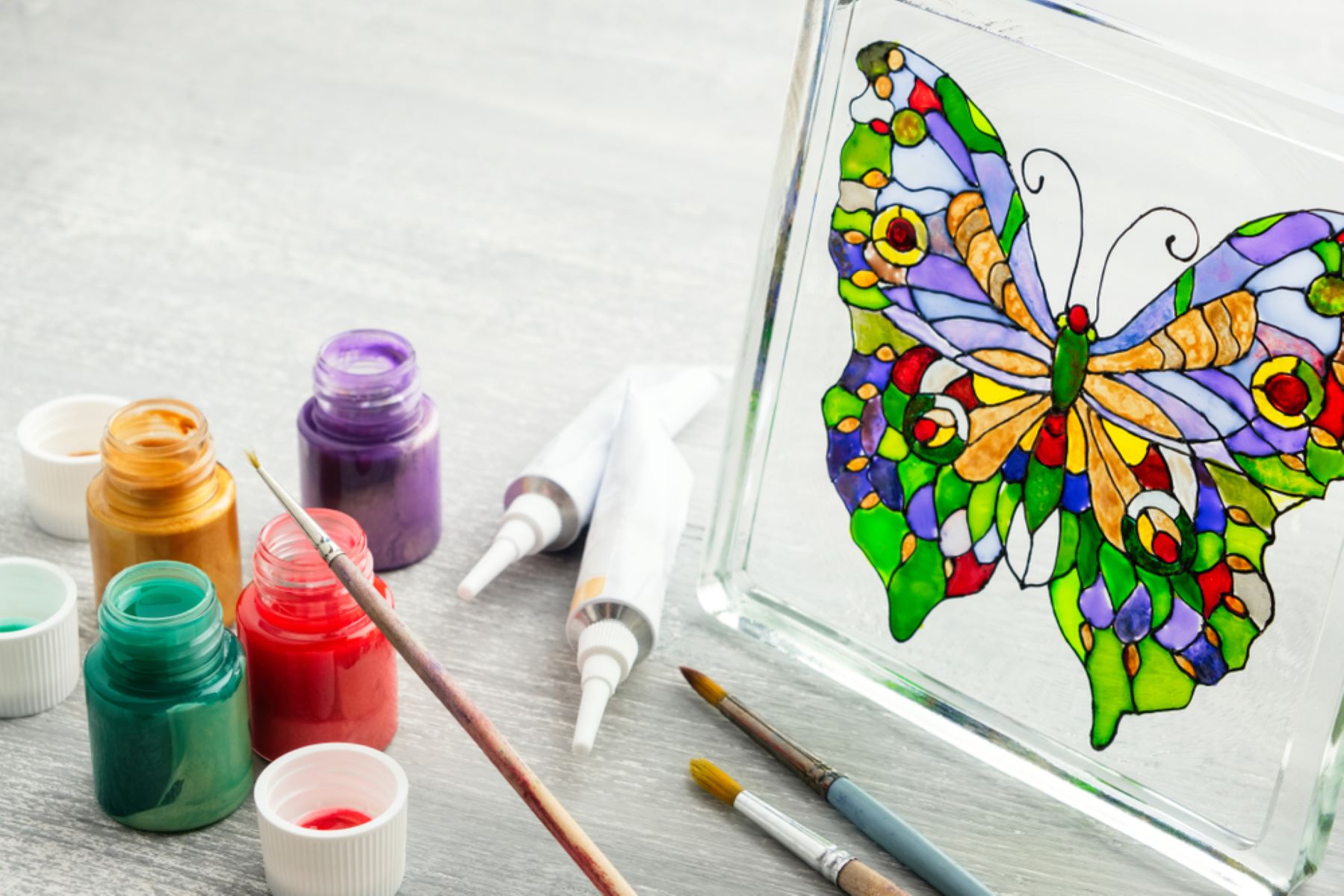
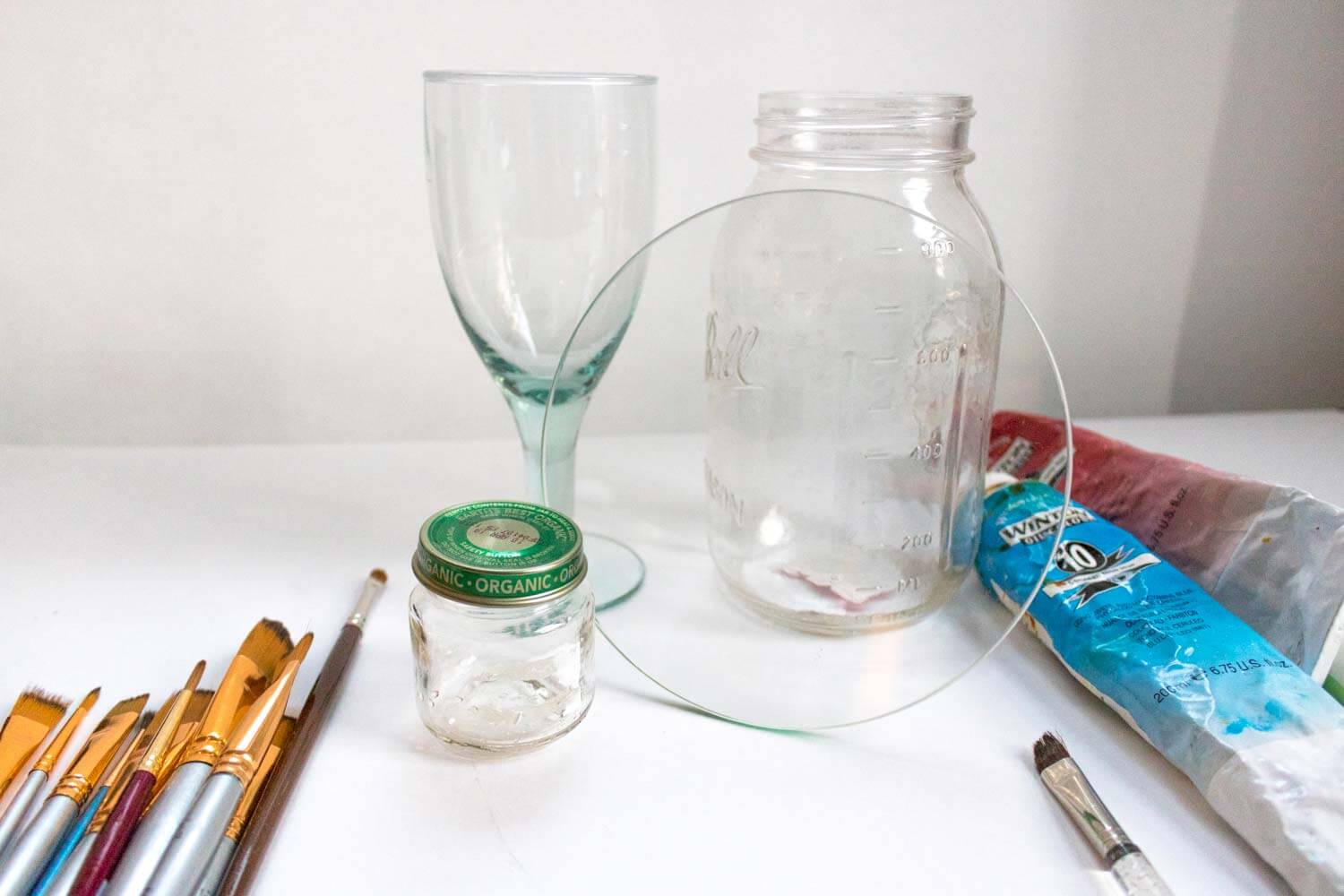
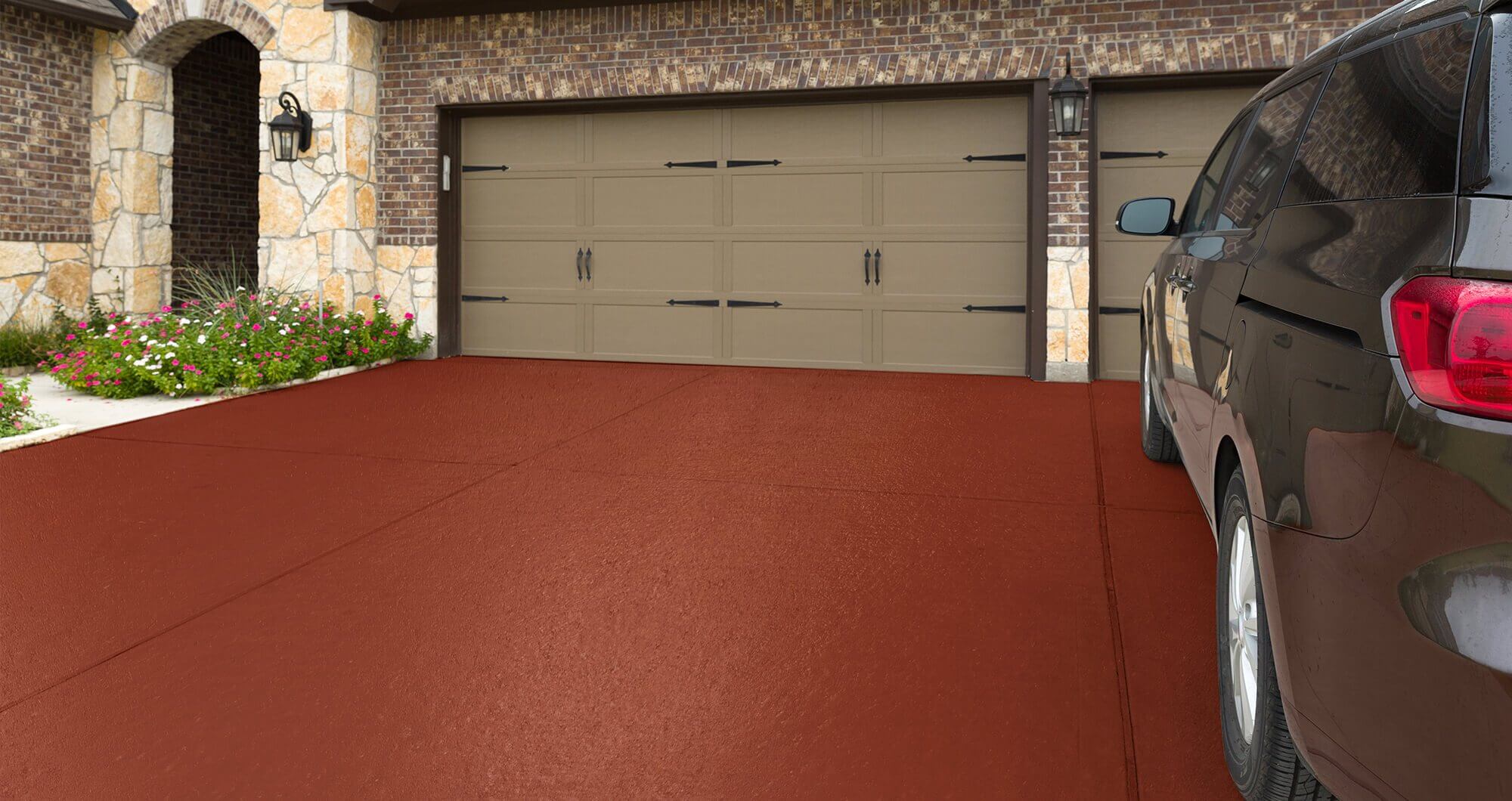
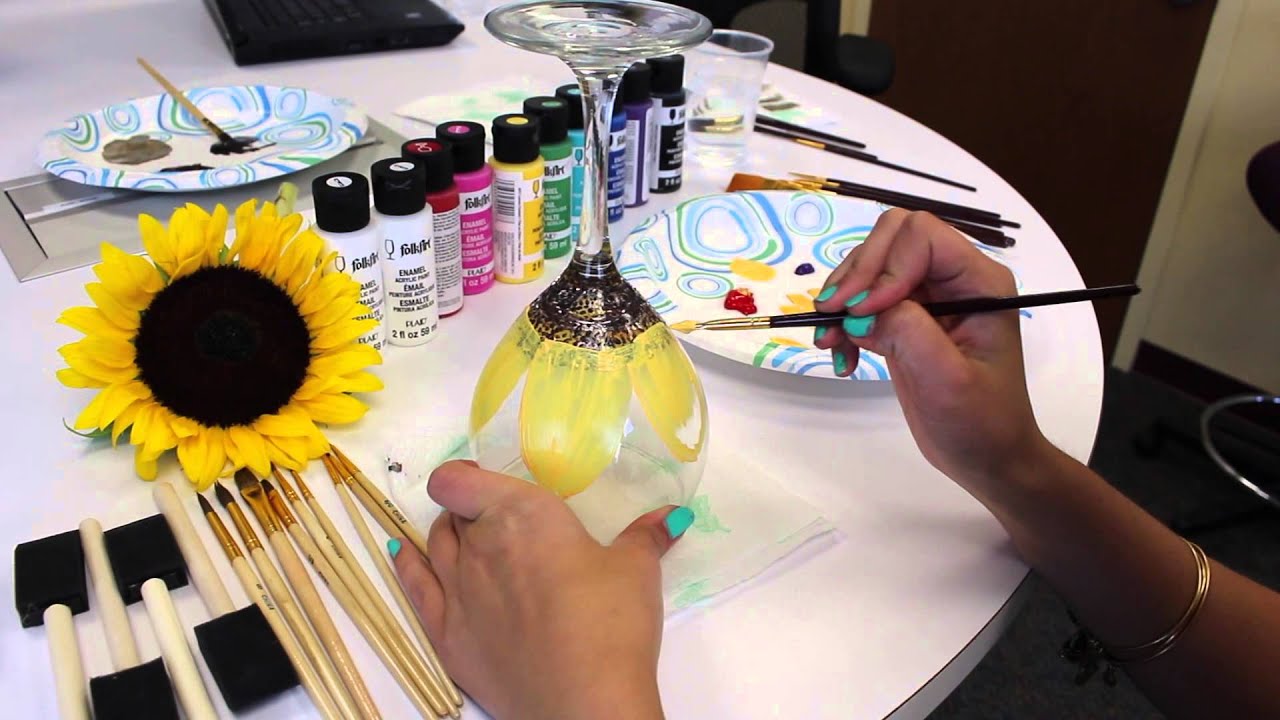
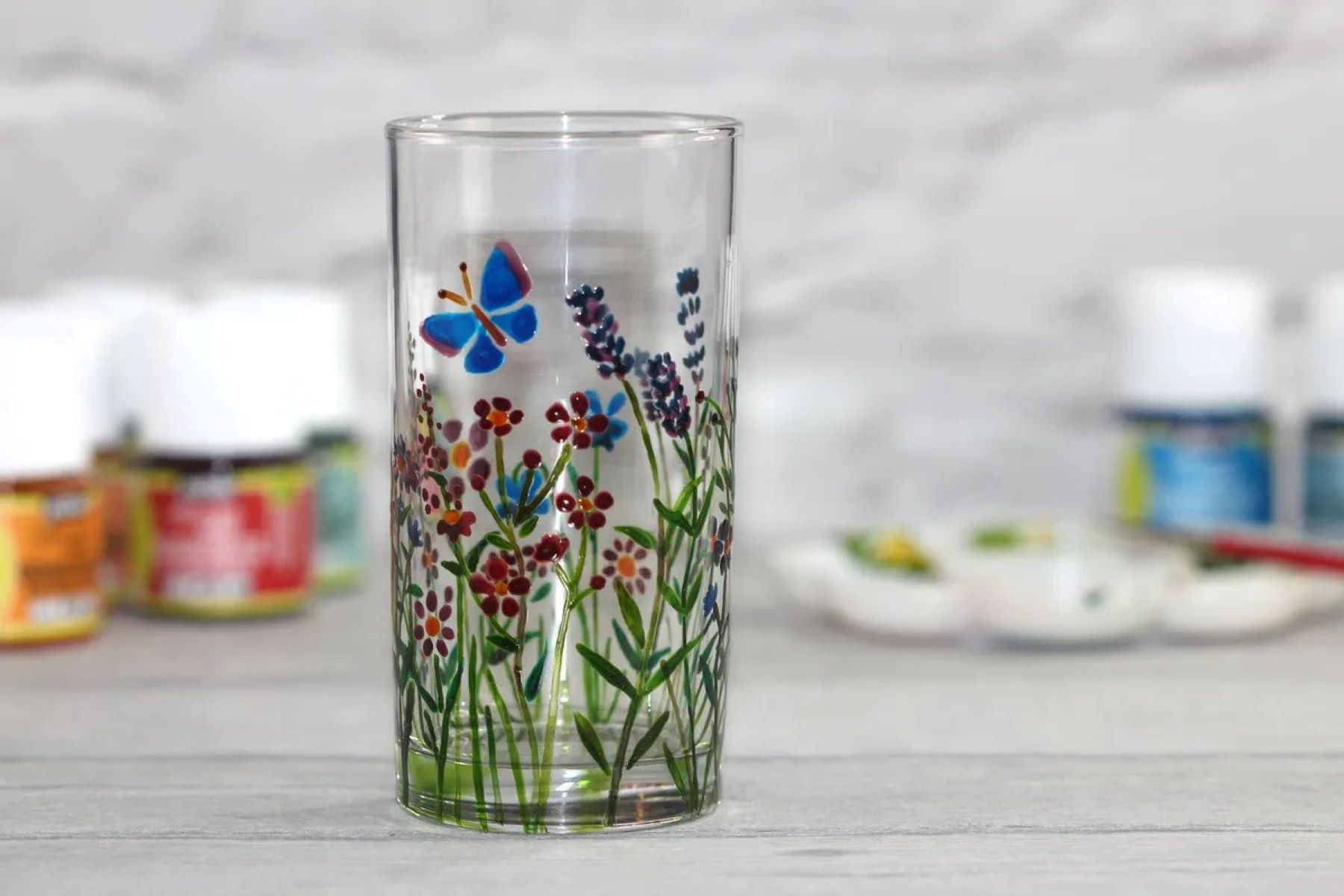
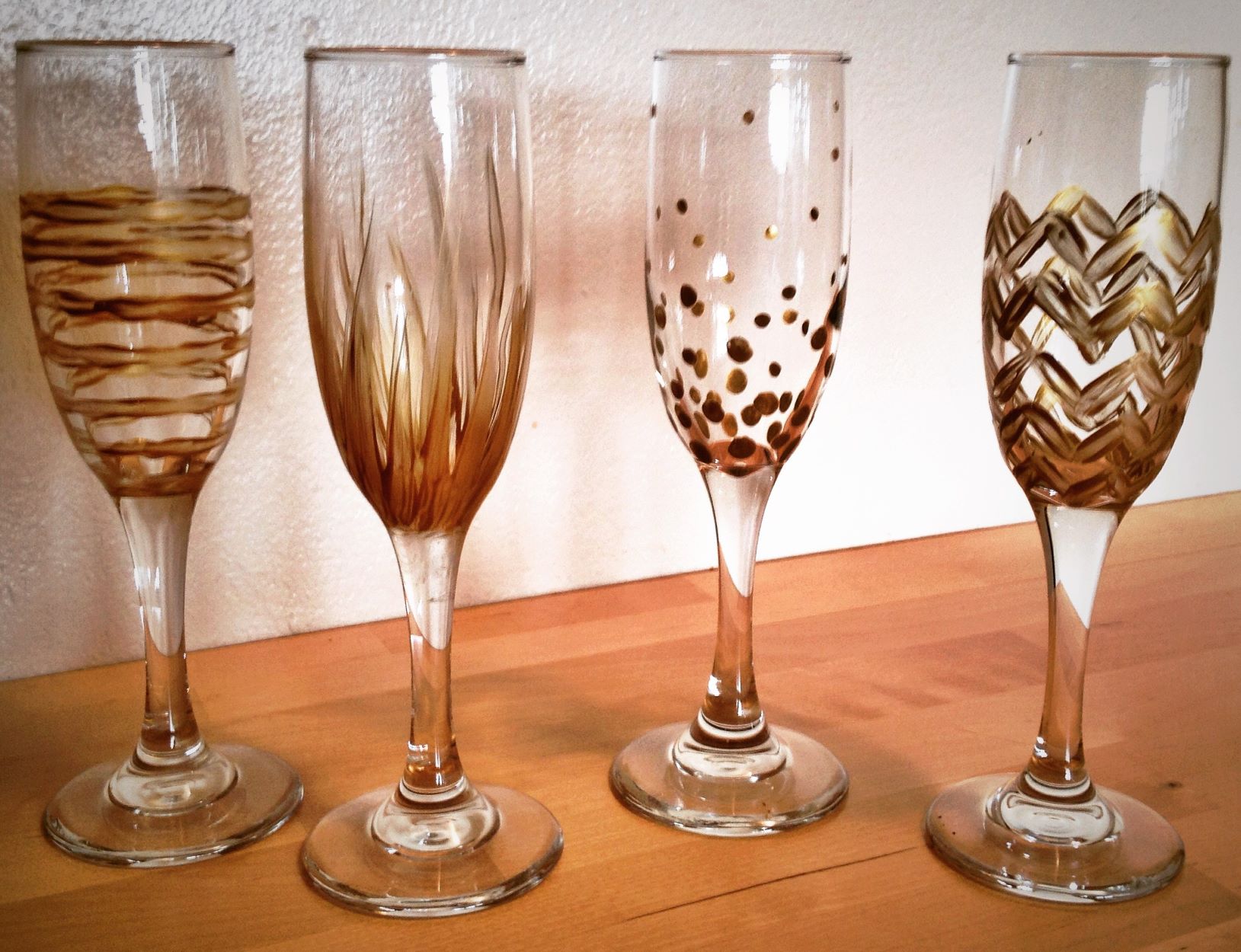
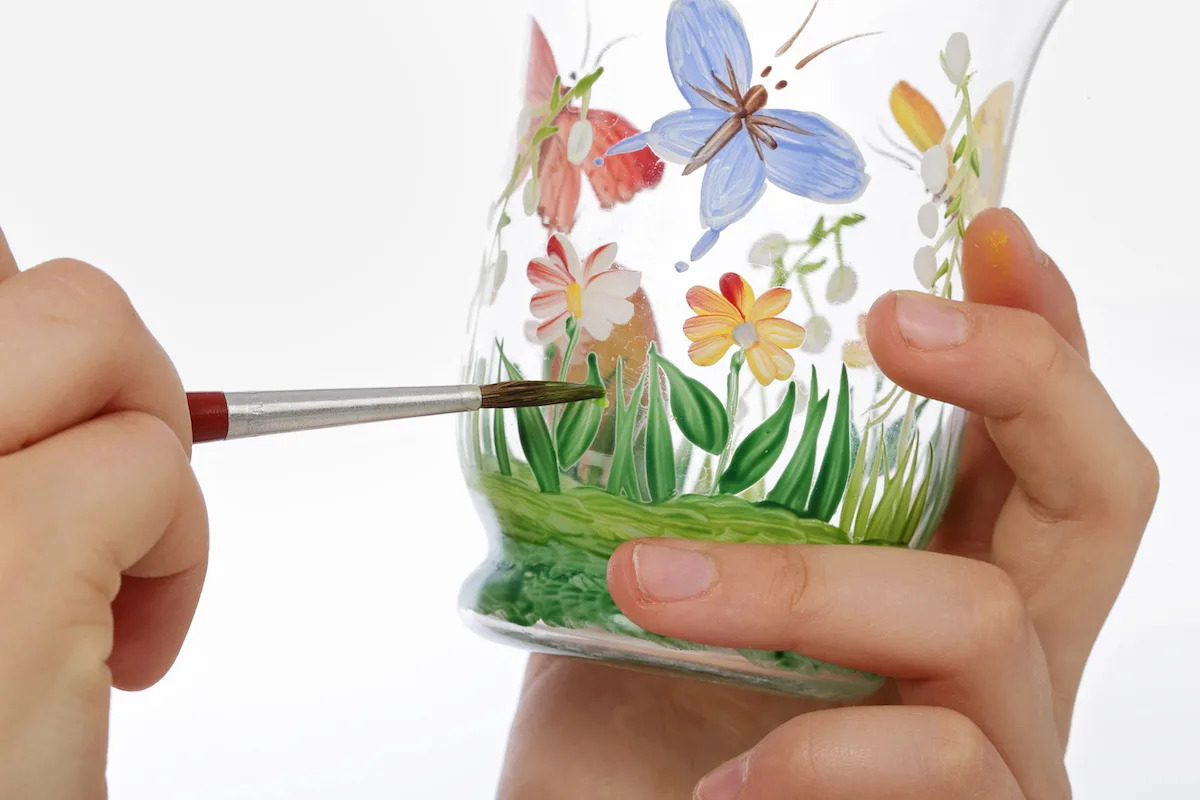
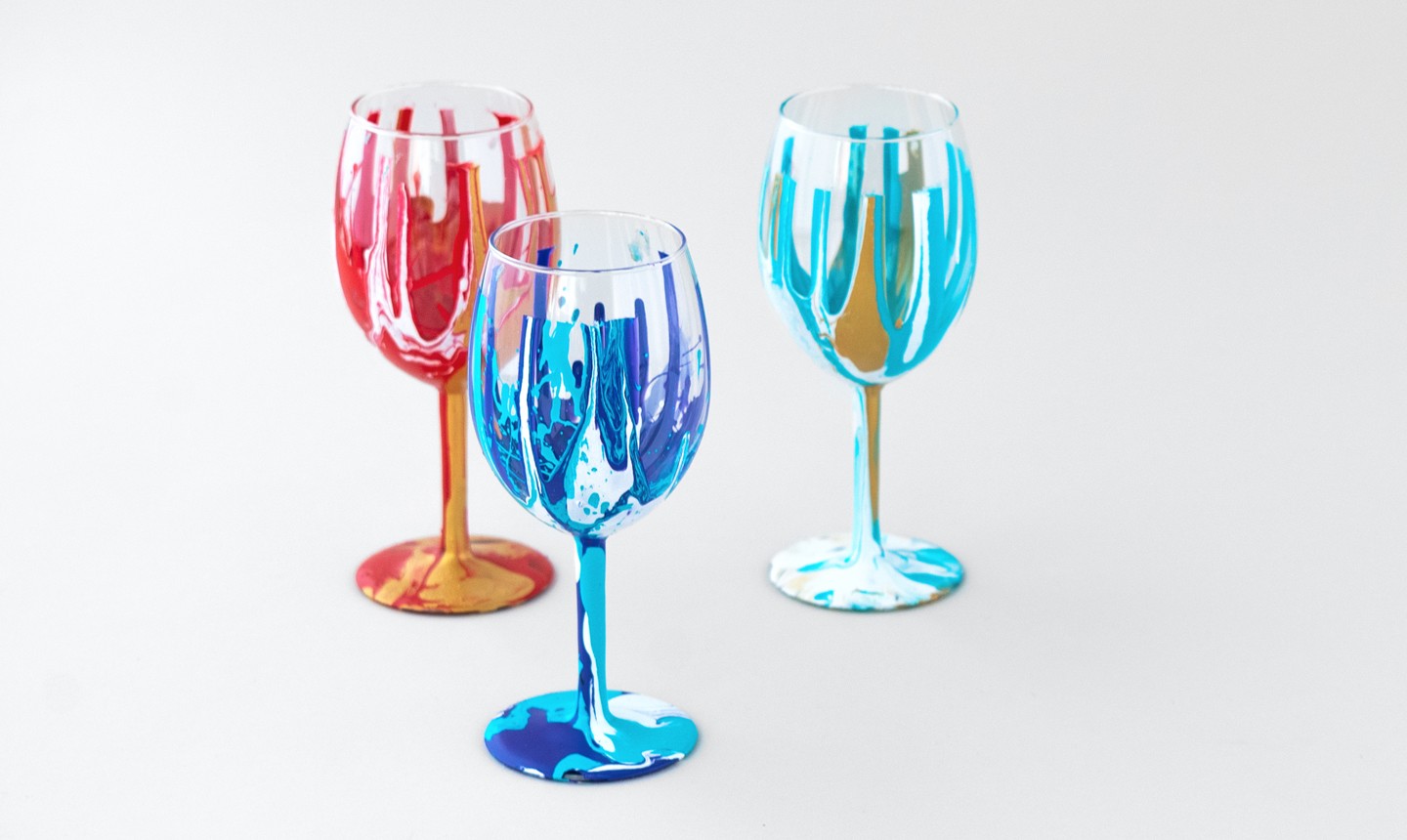
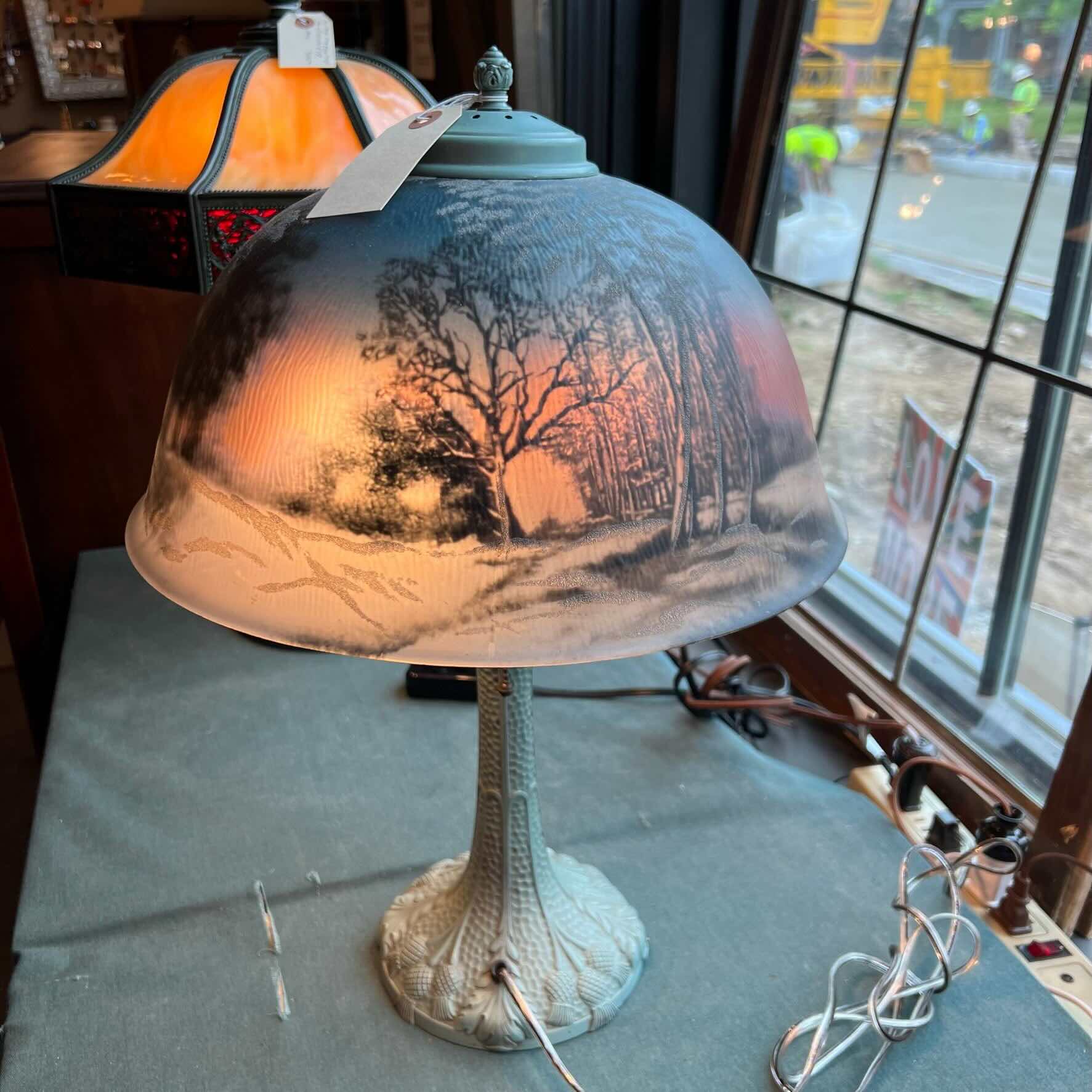
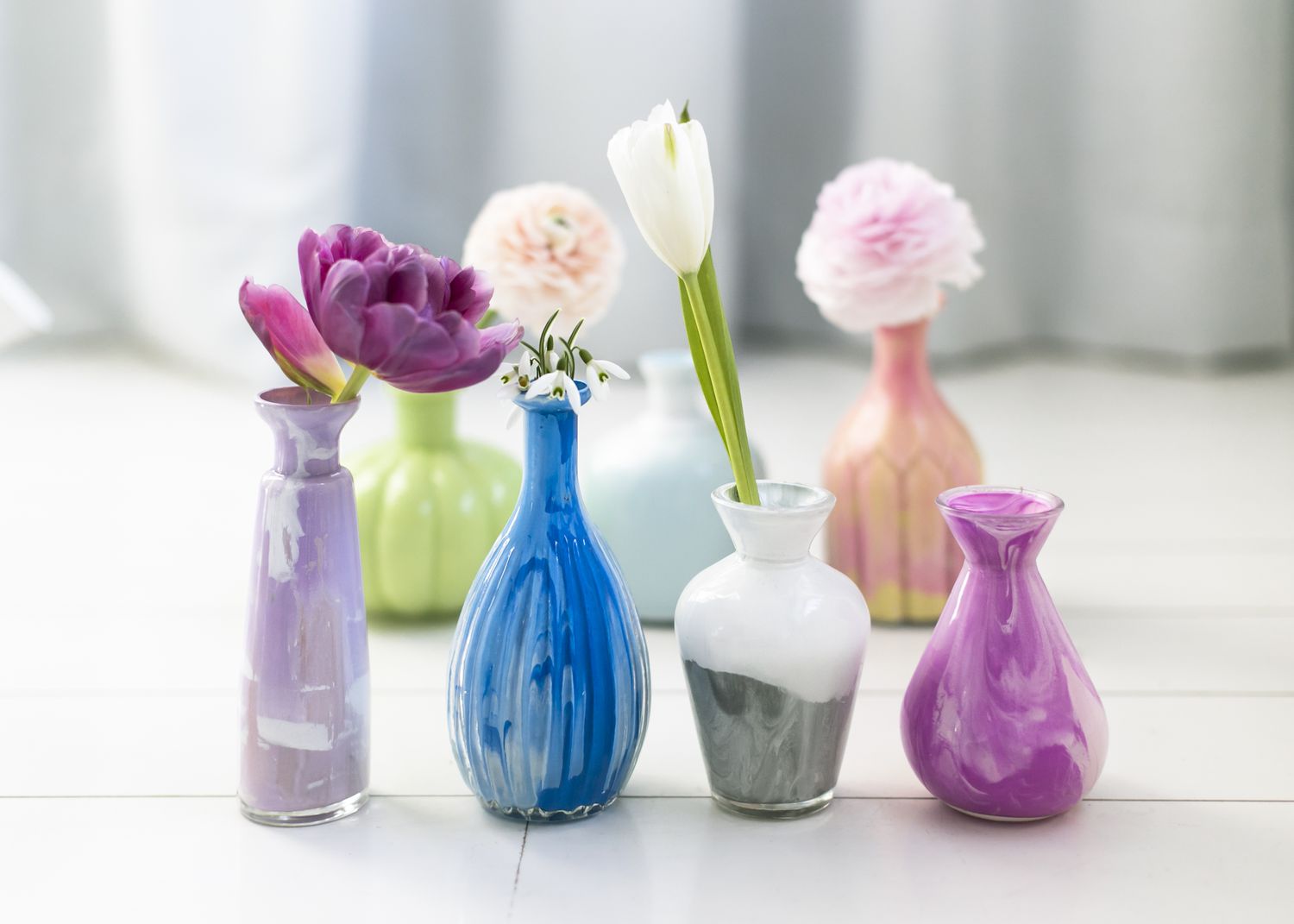
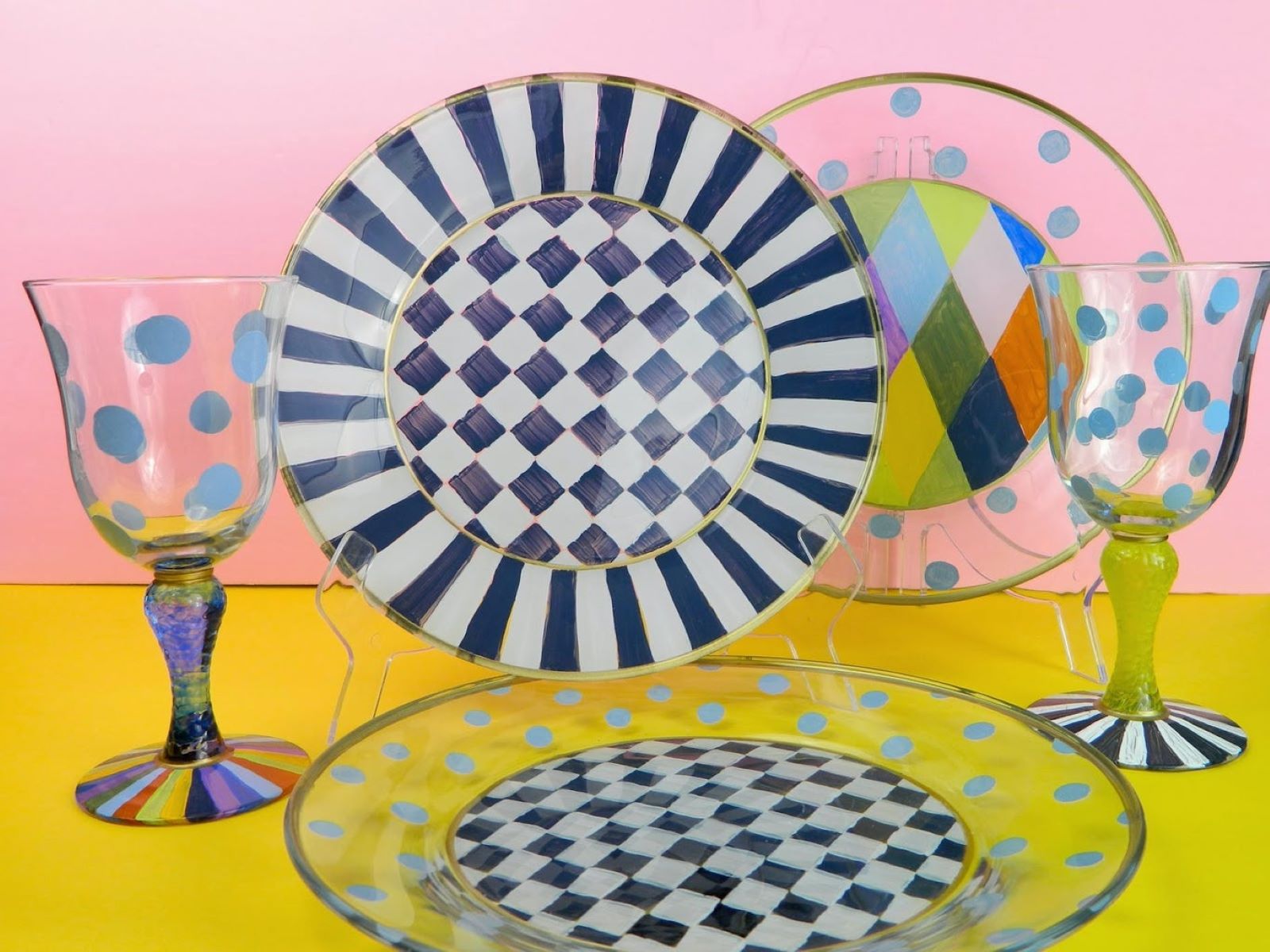
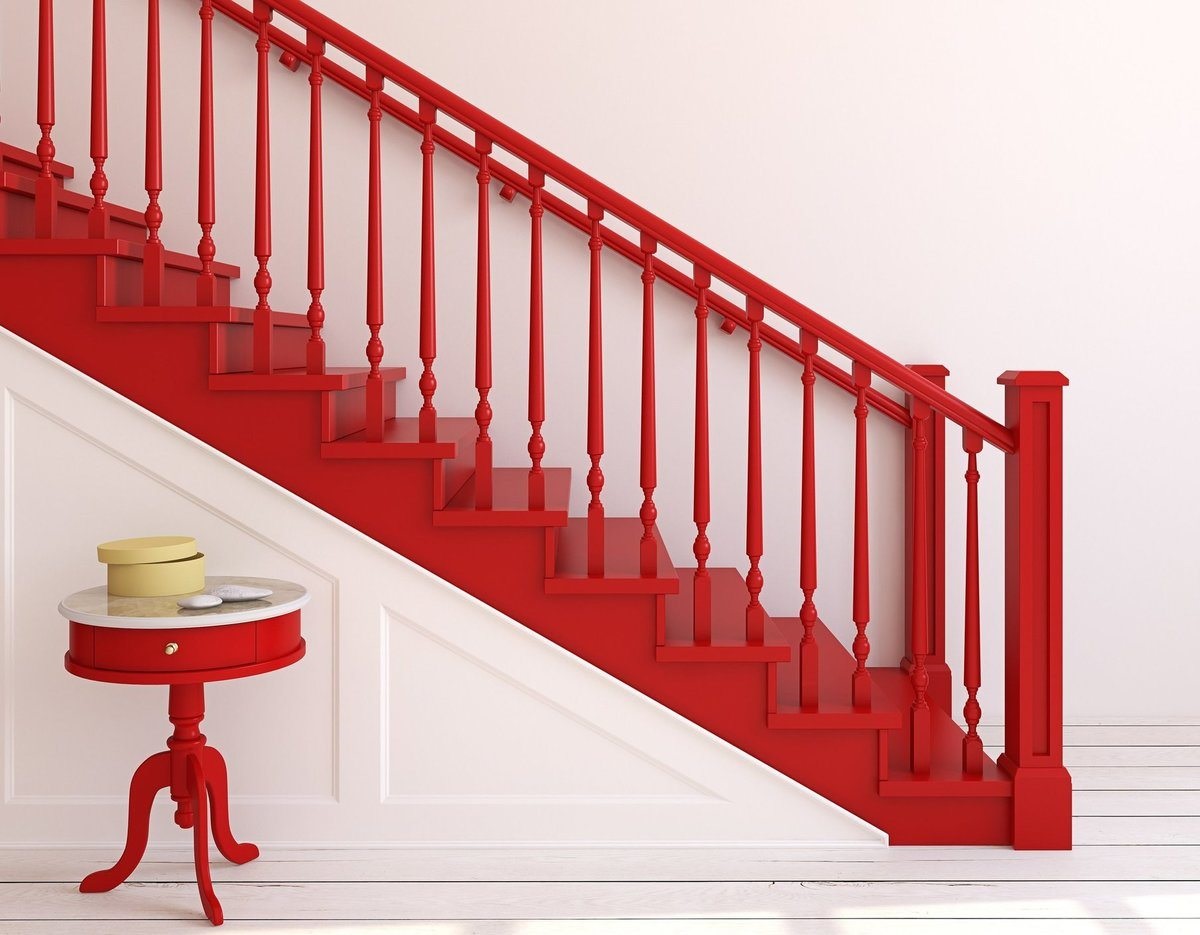
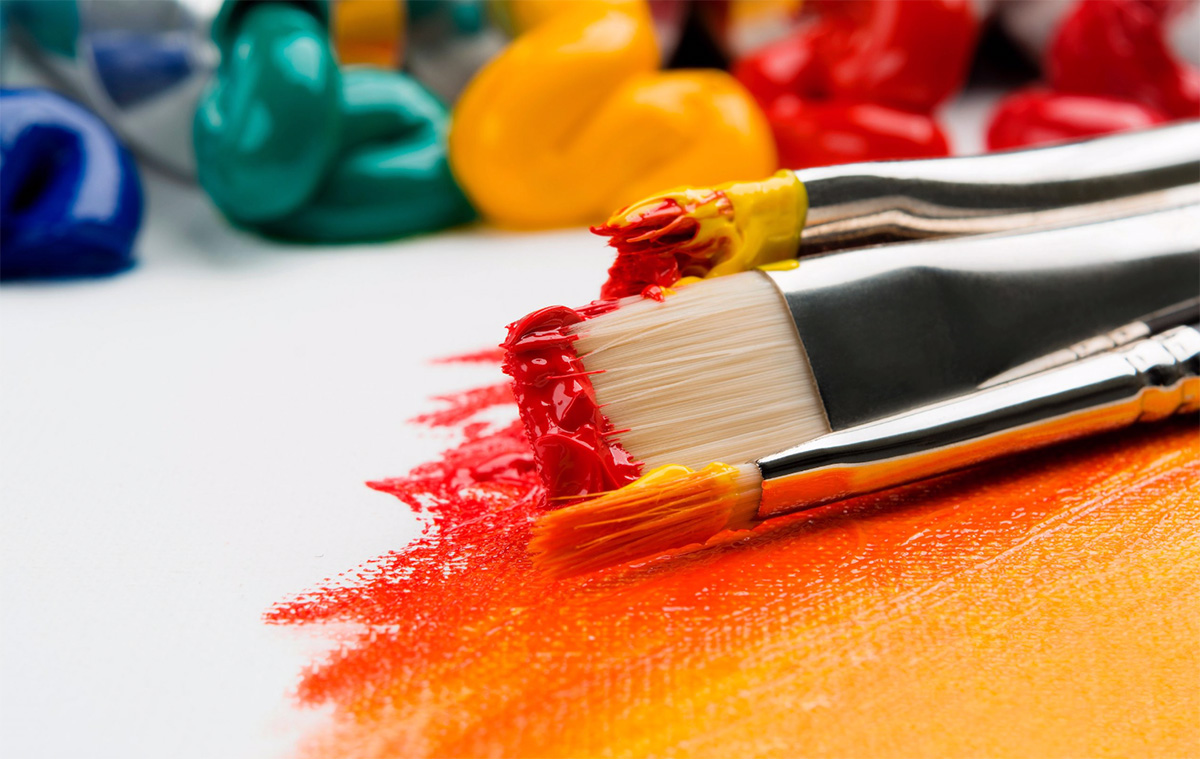
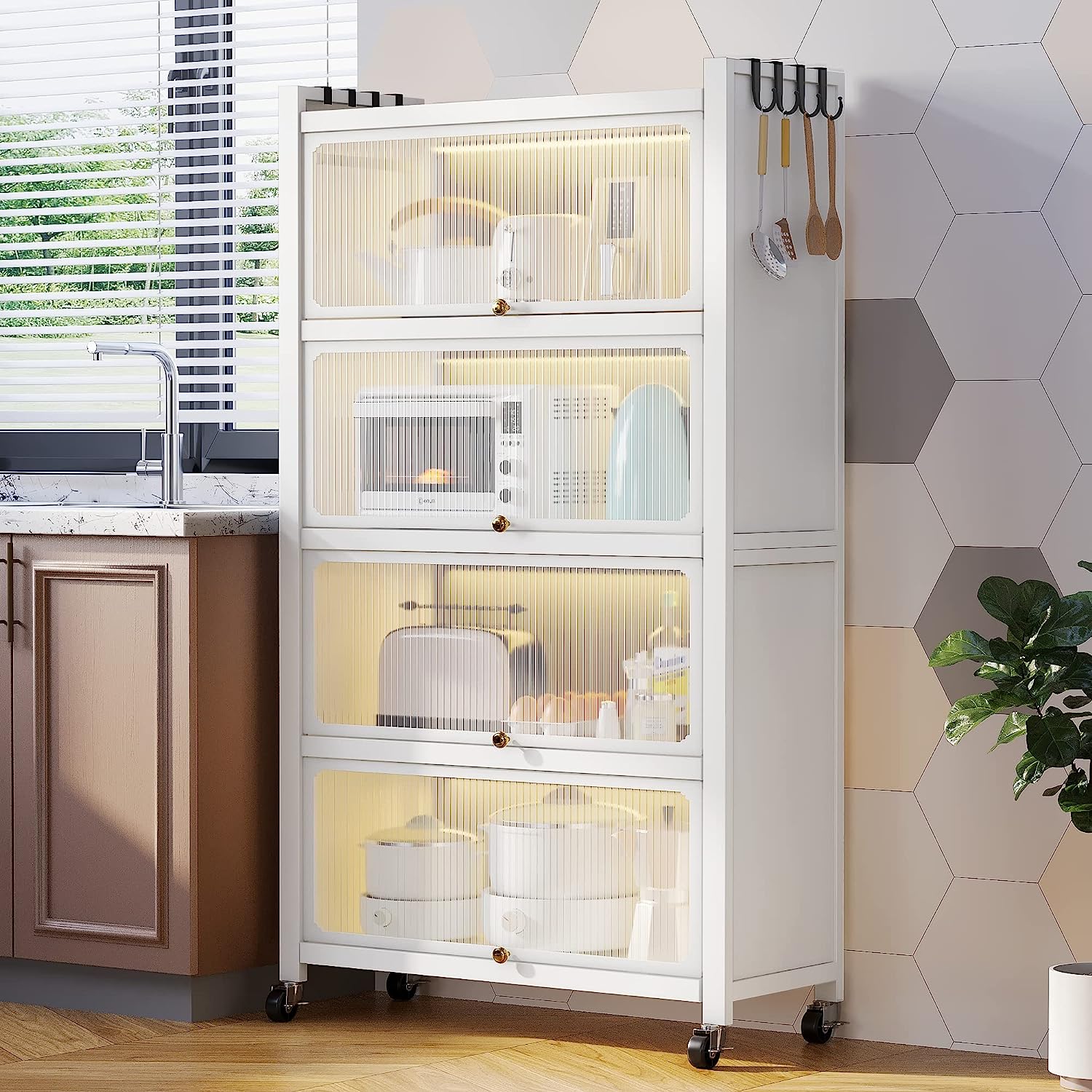

0 thoughts on “What Paint Is Best For Glass”